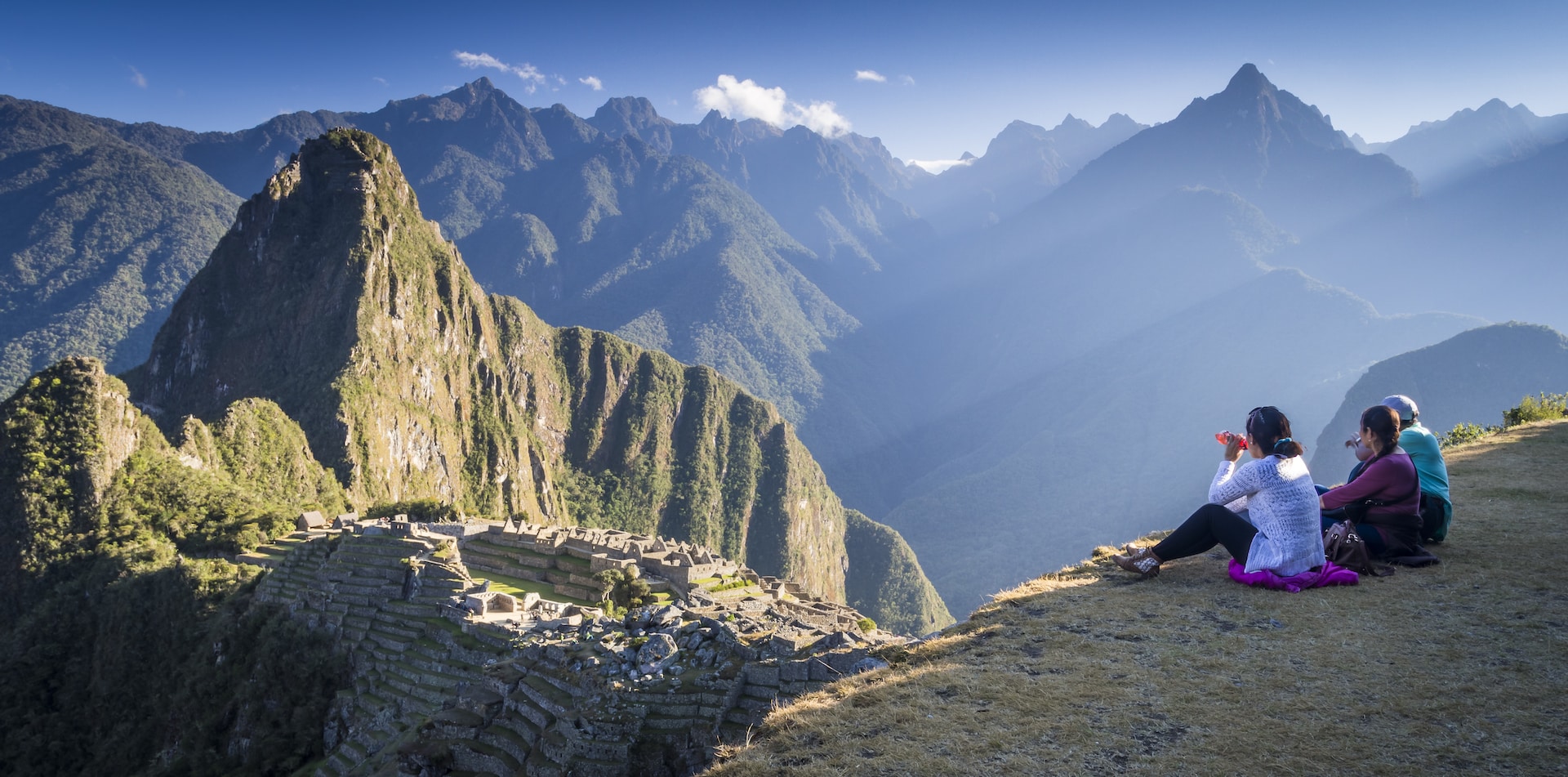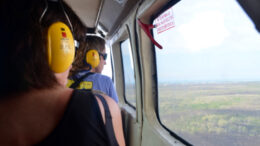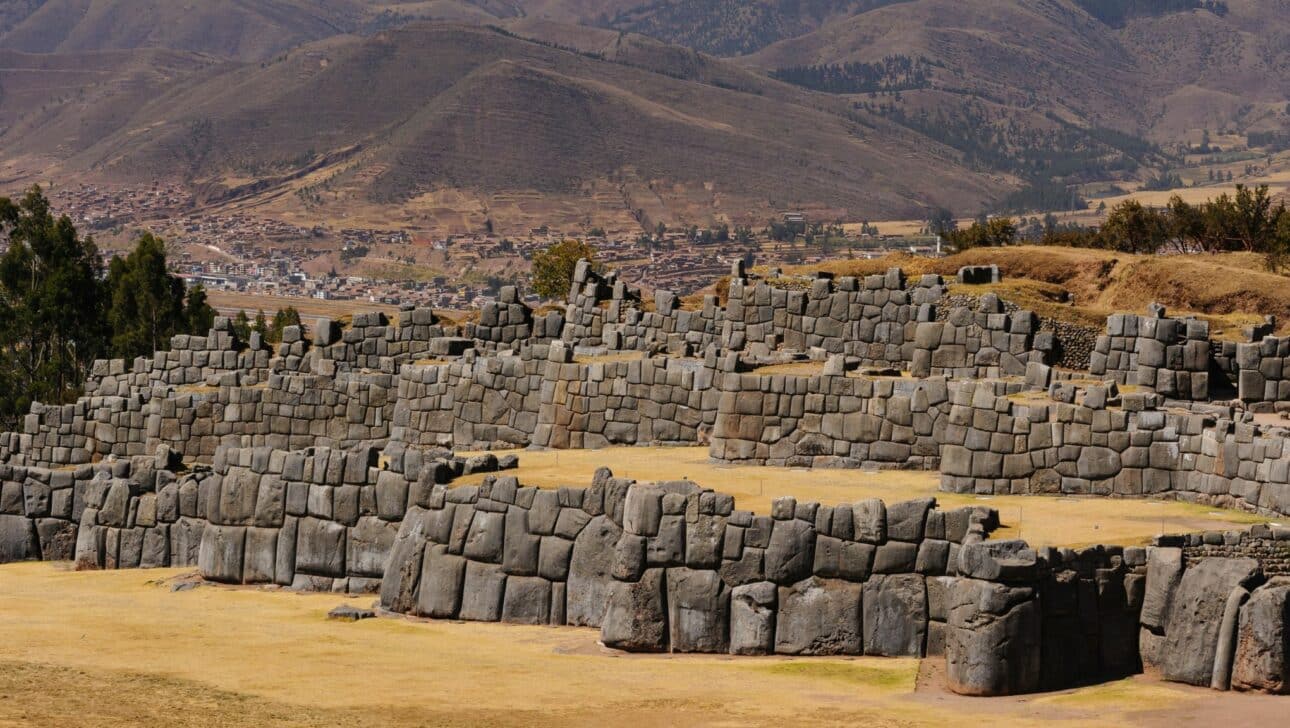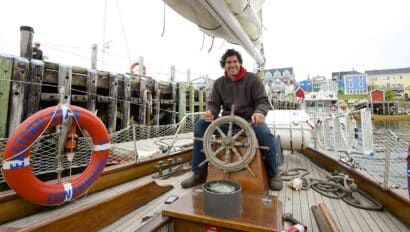When adventurous travelers think of “Inca” and “architecture”, it’s usually Machu Picchu that springs to mind. Ever since word got out about the site in a landmark National Geographic article in 1913, visitors have flocked in droves to the Sacred Valley region of Peru. But most have their focus so much on incredible Machu Picchu that they miss one of the world’s most fascinating and mind-boggling archeological sites nearby, a critical military base of the Inca Empire that has often been compared in importance with the Roman Colosseum: the enigmatic Sacsayhuaman.
Exploring The Citadel
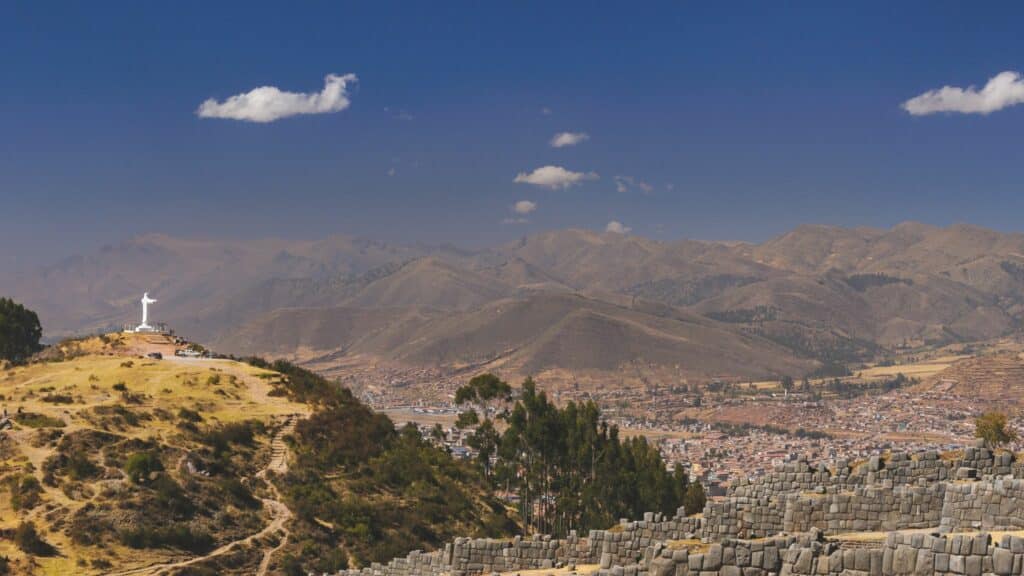
Sacsayhuaman (also written Saksaywaman or Saqsawaman, meaning ‘Royal Eagle’) is a mysterious fortress-temple complex situated at the northern edge of Cusco and is so large that you can see the terraces from the main plaza in the city. It is possible to make the voyage from the center of Cusco to Sacsayhuaman on foot and we offer this unforgettable experience on our Peru Cultural Walking Adventure and also on our Galapagos and Machu Picchu Walking Adventure. The walk is approximately 40 minutes and does involve some steep stairs, but the effort is rewarded upon arrival when greeted with walls that extend over 1500 feet long that reach staggering heights of over 50 feet, the crowning glory overlooking not only one of the most picturesque cities in all of South America, but also the mountain summits of Ausangate, Pachatusán, and Cinca. On your ascent you may pass young children skillfully leading llamas, work-hardened women carrying small babies in colorful wraps tied around their torsos, and men languidly chewing traditional coca leaves to help combat the effects of altitude (the site is at an altitude of 12,142 feet). Sacsayhuaman is still used today for reenactments of Inca-inspired ceremonies, especially around important astrological dates such as winter solstice, and when stepping onto the site you may not understand all of its intricacies, but you can certainly feel that it is a place that holds great power and a long history.
The History of Sacsayhuaman
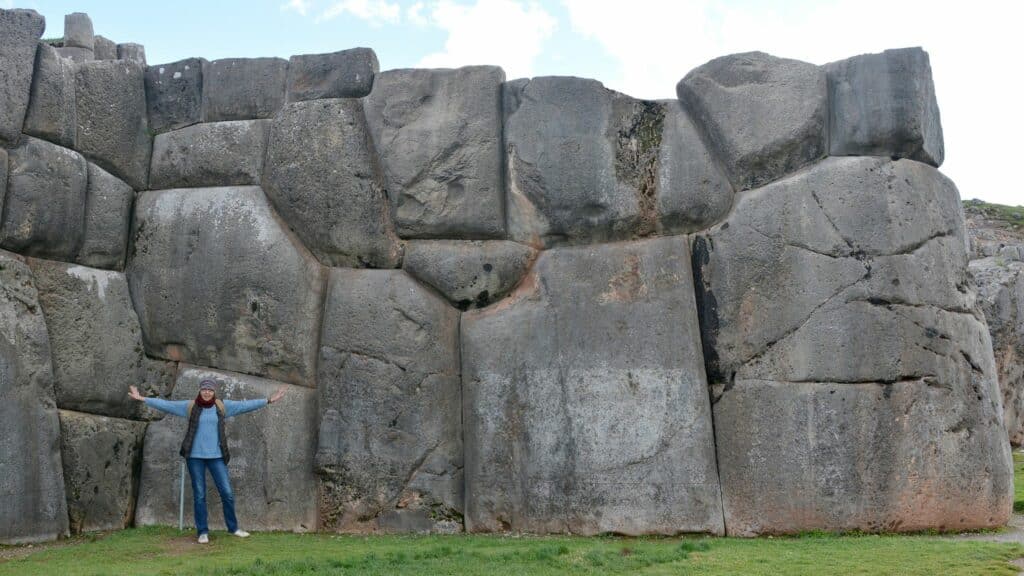
Construction began during the reign of Pachacuti (1438-1471 CE), but it was finally finished by Huayna Cápac in the 16th century. Its gigantic, curiously-built walls remain today as an example not only of Inca power but also the skills of Inca architects and their way of seamlessly blending their structures harmoniously into the natural landscape they so revered. Sacsayhuaman was built as a strategic city overlook and had a capacity for at least 1,000 warriors – but it was rarely needed as the powerful Incas did not often suffer invasions from enemy states. It has temples as ceremonial spaces, notably to the sun god Inti, and was also a major Inca storage depot where arms, armor, food, textiles, ceramics, tools, and precious metals were kept.
Sacsayhuaman did have to operate as a fortress once during the Spanish conquest of Peru in 1532 CE. The Spaniards, led by Francisco Pizarro, conquered Cuzco shortly after killing the Inca ruler Atahualpa in 1533 CE but then faced an organized and sustained siege from a large Inca army. Pizarro sent his brother Juan to attack Sacsayhuaman using cavalry and then climb the walls with ladders (spoiler alert: Juan died in the attack).
Sacsayhuaman’s Architecture
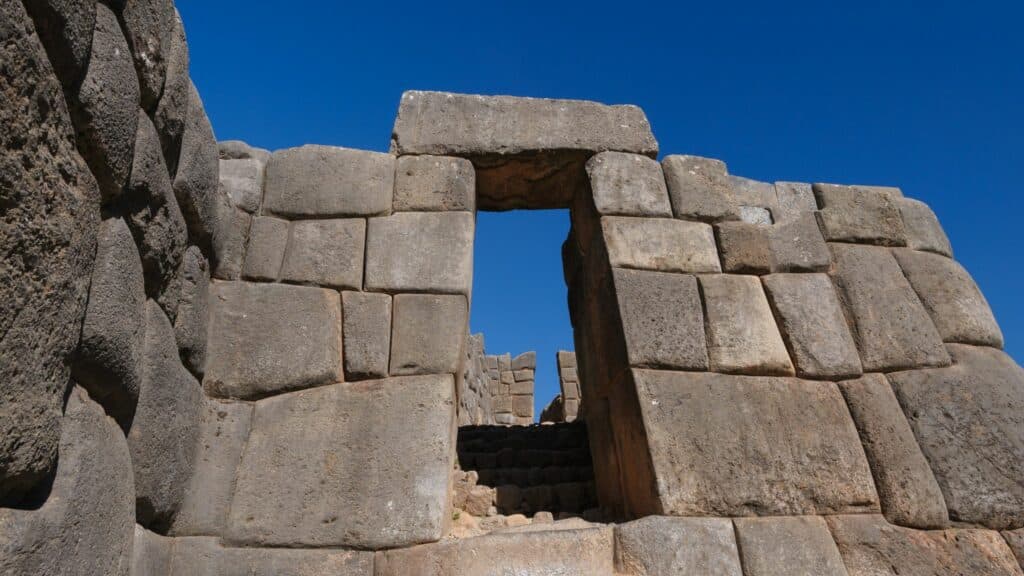
The Incas were master stonemasons. Sacsayhuaman is made of huge polygonal blocks each weighing over 100 tons. To give perspective, a midsize car weighs less than two tons. Marks on the stone blocks suggest that they were pounded into shape rather than cut, and were moved using ropes, logs, poles, levers, and earthen ramps – some stones still have nodes protruding from them or indentations which were used to help the over 20,000 workers grip the stone. The cutting and setting of the blocks were so precise that mortar was not necessary – the stones fit like a puzzle without the help of any kind of glue, so exact that in many cases you can’t even insert a sheet of paper. The walls were sloped to maximize their resistance to earthquake damage and that strategy has worked. 500 years of earthquakes have done remarkably little damage to Sacsayhuaman.
There is a theory that Cusco was laid out to form a puma shape when seen from above and Sacsayhuaman is its head. As you explore, you will see that the fortress has three distinct terraces which recede backwards on each other. In defensive consideration, there is only one small doorway on each terrace that gives access to the interior buildings and towers on the hillside behind. Each wall has up to 40 segments, which allowed the defenders to catch attackers in a crossfire. At the rear of the complex known as the Suchuna, there are more terraces, patios, outbuildings, and a system of water supply including cisterns and aqueducts. There is also an area of stepped terracing cut into the side of the Rodadero Hill thought to have been a religious shrine to the earth goddess Pachamama, or a viewing platform for the Inca ruler to watch ceremonies from or a place for astronomical observation.
Inca architects worked hard to harmoniously blend their structures into the natural landscape. The outline of the Sacsayhuaman, for example, was built to mimic the contours of the Andean mountain range behind it. Look for when the sun creates shadows between the zigzag terraces in exactly the same way that it does on the mountain range with its peaks and valleys.
The Many Mysteries of Sacsayhuaman
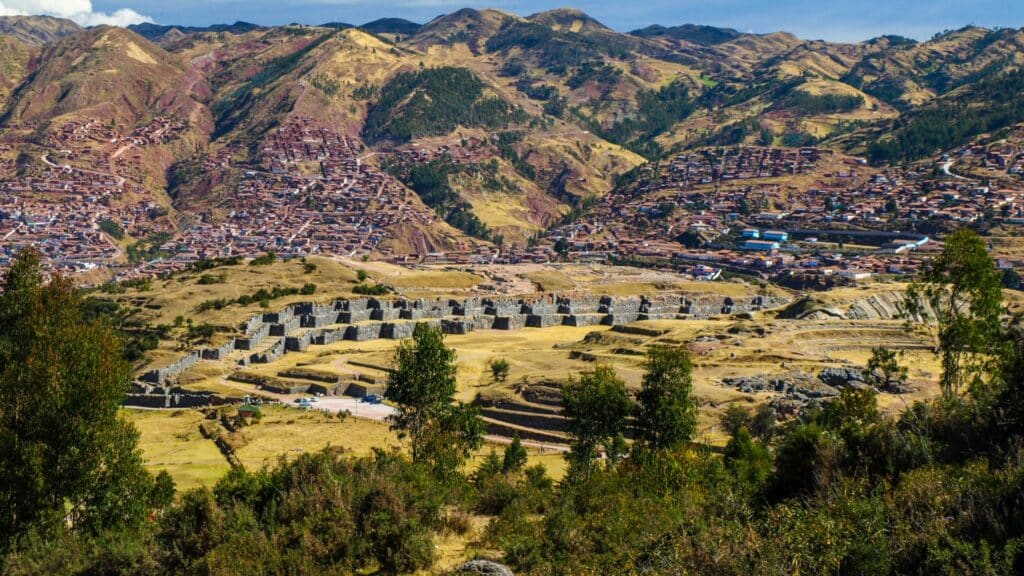
Sacsayhuaman, no matter how long it is explored by archaeologists, is still a mystery. The Spaniards supposedly claimed when they first saw it that it was a work of ghosts. Another theory thinks that the Incas may have used complex crystals and lenses to direct the sun’s rays to create enough heat to melt the stones together. Another popular theory thinks that the technology that made possible the construction of Sacsayhuaman was shown to the Inca by extraterrestrials.
Sacsayhuaman continues to be studied by specialists such as American researcher Derek Cunningham who thinks that the mysterious zigzag of the walls of Sacsayhuaman reveals an ancient knowledge of astronomical alignments of the moon, the sun, and the planet, a type of architectural “writing” more than 30 thousand years old and also found in such places as the roads in front of the pyramids of Giza and the perimeter lines of the body of the Atacama Giant.
Rodadero Slides & Chinkana Tunnels
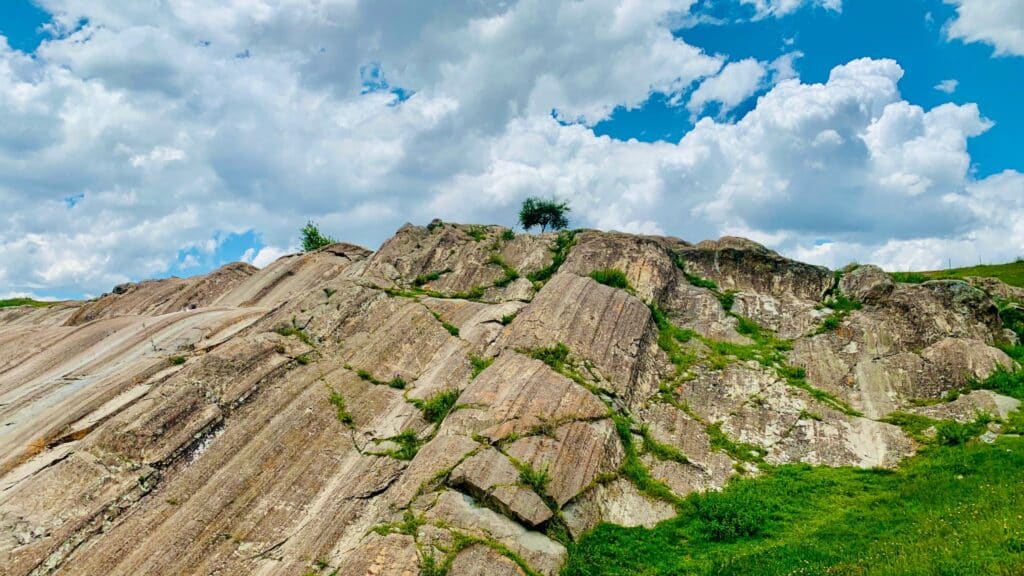
Sacsayhuaman continues to be mysterious with its underground tunnels known as chinkanas and we still aren’t completely sure of their purpose. There are old documents that mention the tunnels of Sacsayhuaman as large underground labyrinths, while some believe that they connected Sacsayhuaman with other cities. Some speculate that they lead to underground chambers filled with treasures, which is why the tunnels got closed to the public when people went anxiously exploring them on their own (many never returned). Today the only one that remains open to us is a short one called Chinkana chica, which connects two known areas of the ancient citadel.
Sacsayhuaman also has a natural rock slide called the Rodadero slides where historians think kids used to play hundreds of years ago. At least, that is what was written in the memories of Garcilaso de la Vega, the first Inca-Spanish mix-blooded writer. Today, some visitors choose to still have fun on these slides – so whether you are traveling with kids or just a kid at heart, feel free to let loose and enjoy Sacsayhuaman like locals may have in the past.
